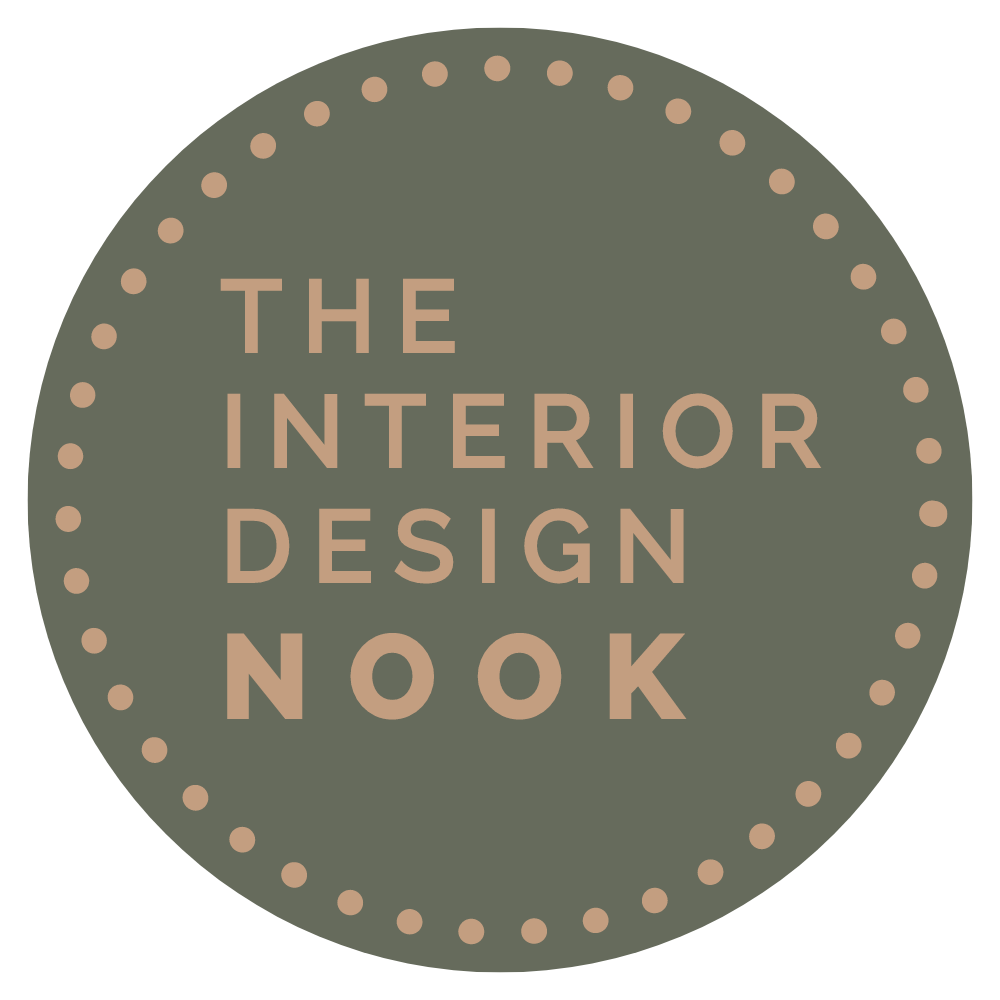How to Mix Patterns
Today I’m talking in detail about how to successfully mix patterns in an interior. This follows on from by earlier blog about different design styles, which you can read here.
The first step is to make sure you have a cohesive colour scheme. I like mixing lots of colours in an interior, but where the palette tells one clear story. I might only use a tiny amount of some colours, but I love the depth it brings to an interior compared to having everything matching. The least attractive interior for me is one with a neutral palette and one accent colour used throughout. Colours come alive and develop nuance when put together. That’s why designer paint charts are so yummy to look at! Shops make the most of this fact in their displays to make their products look good, and you can do that in your home too. Here are some examples of cohesive colour schemes within patterns.
The orange from the middle pattern appears in the leaves of the first and the spots of the last pattern. The inky blue of the last pattern appears in the stems of the first, and the burgundy spots appear in the leaves.
The neutral ground in all three patterns is similar. The pinks, oranges and reds of the first and last pattern appear in the flowers of the middle pattern. The middle and last pattern both feature a tonal green (a lighter/darker version of the same hue).
The second step is to make sure you're mixing scales in your patterns. The rule of 3 works well - a small, medium and large scale pattern. A big motif (single image) counts as a large pattern in terms of visual weight. Things like herringbone flooring, gallery walls, or tiles also read as patterns. You should also aim to mix the intensity of the patterns. This isn’t necessarily the largest pattern! If it doesn’t come naturally to you to judge how intense a pattern is, look at how many different colours and shapes it has in it (for example, the blue cushion below is the most intense pattern).
Whilst your patterns should be different (i.e. not all florals, not all checks, etc.) the styles need to work together. You can totally mix different eras but it takes some confidence! My best advice is to look at the artistic ‘language’ - is it digitally created with clean lines? Can you see the mark of the making process such as block printing? Is it hand-painted? Are the images realistic or are they stylised? Be aware of when you need to edit your taste – you may like both Orla Keily and WIlliam Morris but they don’t look good together!
You also need to ensure you have a variety of textures in your textiles – I tend to default to velvet so I have to remind myself to include other fabrics such as linen and woven textiles. Some textures don’t go so well together, for example a pristine silk and a rustic canvas.
As we don’t tend to buy all our décor in one hit (nor should we) a good exercise is to take stock of everything patterned you have in your home! You might find 2 pieces in different rooms that actually go brilliantly together. You can also use this guide to troubleshoot where things aren’t sitting together well. Once you’ve worked out what you’ve got, you can shop with confidence in what to look for when adding something new.
You can develop an eye for mixing colour and pattern by following interior designers you like, and if in doubt you can always use one of the Ready Made Schemes I post weekly on Facebook and Instagram. For more help, why not treat yourself to my Colour & Style service?






